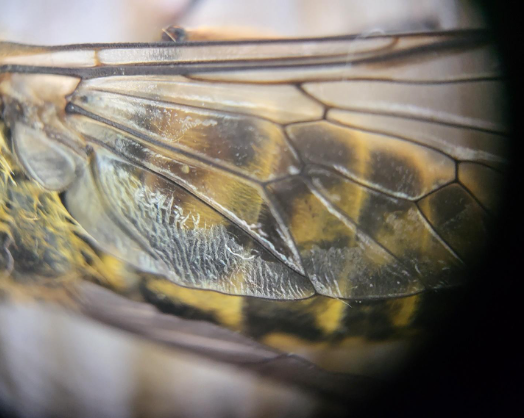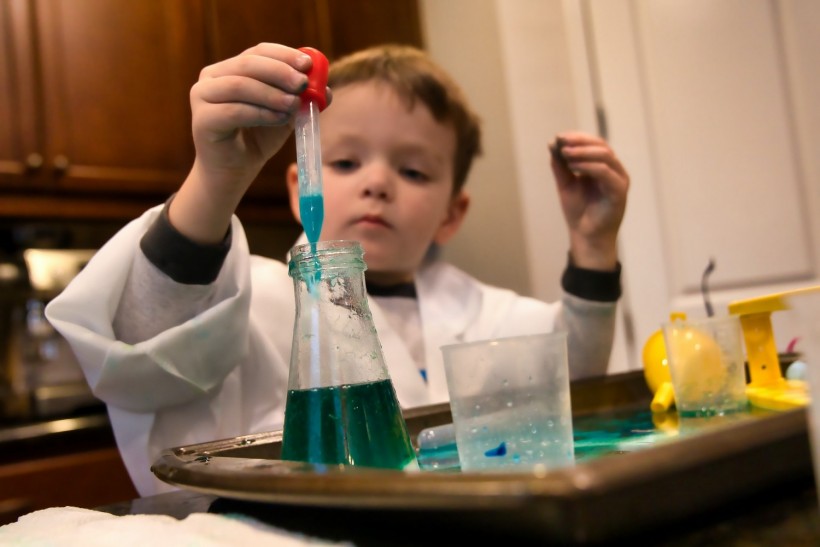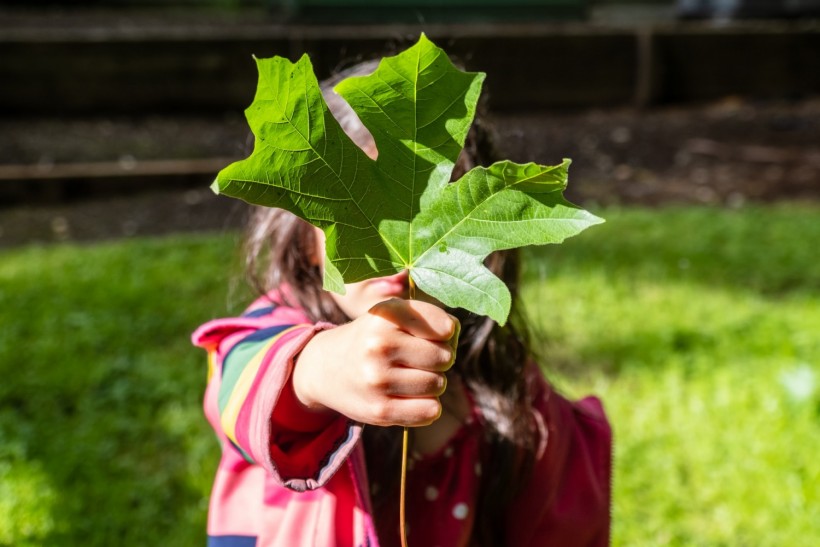Inculcating a love of science within kids is crucial. If you help kids learn about science, you also encourage them to develop critical thinking skills, ask questions, experiment and expand their ability to reason. But the way most schools approach science can be tedious. Instead of making kids pour over complex theories in books, they can be encouraged to engage with science in their daily lives. To raise science-minded kids, we need to make them see and experience science - not just read about it in a book.
This article describes four interesting ways for kids to learn about science at home.
Take them into the garden to take photos of wildlife
Children are incredibly visual, and the best way to trigger their curiosity is by exciting their visual senses. The best way to make children engage with biology is by showing the wonders of the natural world in innovative ways. You don't have to take your children to national parks and forests to make them appreciate nature. You can simply take your kids into the garden or streets to make them photograph wildlife, including birds, animals, insects, rodents, and other miscellaneous creatures.
To further capture your children's excitement and curiosity, you can also arm their smartphones with a nano shot lens, a macro lens extension that magnifies the traditional smartphone lens. Once the nano shot lens is attached, your children can view the microscope world on their smartphone screens. Encourage them to explore the blades of grass, the wings of butterflies, and the anatomies of the grasshoppers. Your children will suddenly develop a new fascination for creatures they probably grew up seeing regularly.
The nano shot lens allows your children to view flowers and insects on a microscopic level, take pictures, and share them with friends. Since the lens is simply attached to your kid's existing camera, it's an extremely simple means of triggering their curiosity for biological life.

Try science experiments that can be done with regular household items
Encourage your children to engage in science experiments at home. Science experiments allow children to visualize and recreate natural phenomena, such as volcanoes, using household items. The following are examples of science experiences that require basic household items:
-
Create a lava lamp with mineral oil and food coloring
-
Create a volcano explosion with baking soda
-
Design an Egyptian mummy with toilet paper
-
Make a stethoscope with some funnels and plastic tubes
-
Churn homemade butter
-
Make a mini-parachute for a toy soldier
-
Design a paper airplane launcher
-
Make a hovercraft with a balloon and CD
-
Create music with water bottles filled to different levels
If you are will to spend some money, then checkout MEL Science who have a range of experiments available.

Make them watch science documentaries on TV
Children are visual learners. If you want them to truly understand and engage with scientific concepts, you can make them watch interesting science documentaries on TV. You can find engaging, informative, and brilliant science documentaries on various subjects, such as biology, outer space, history, physics, and more. When looking for science documentaries, focus on those that use practical examples to illustrate complex scientific subjects. To make your children engage with science, you need to demonstrate how scientific principles affect their daily life, and science documentaries can do that well.
The following are examples of excellent science documentaries for children:
-
Adrenaline Rush: The Science of Risk (2003)
-
Cosmos: A Spacetime Odyssey
-
Disneynature: Wings of Life (2011)
-
Make Me Superhuman (2011)
-
The Planets (1999)
-
Wildest Arctic (2012)
-
Among the Great Apes With Michelle Yeoh (2009)
-
The City Dark (2011)
-
Particle Fever (2013)
-
Secret Universe: Journey Inside the Cell (2012)
Start a vegetable patch and teach them about foods
Gardening is one of the best ways to make children appreciate food. Most children who grow with plentiful food have a hard time understanding the difficulties and challenges associated with growing food. But if you make your children start a vegetable patch, from which they can bring food to the table, it will give them a newfound appreciation for nature and food. Besides being incredibly educational and informative, gardening is also a fun bonding exercise, giving you plenty of opportunities to bond with your kids. This exercise also teaches children to be patient.
Science is an extremely broad subject that encapsulates every aspect of the world around us. Instead of forcing your children to read boring theories, make them see how those theories apply to real life. That's how you make kids want to learn science at home.
* This is a contributed article and this content does not necessarily represent the views of sciencetimes.com













![Sat-Nav in Space: Best Route Between Two Worlds Calculated Using 'Knot Theory' [Study]](https://1721181113.rsc.cdn77.org/data/thumbs/full/53194/258/146/50/40/sat-nav-in-space-best-route-between-two-worlds-calculated-using-knot-theory-study.png)

